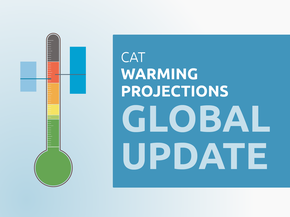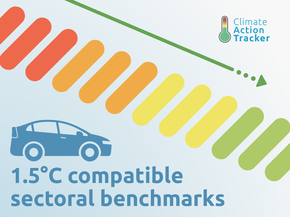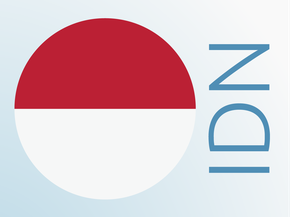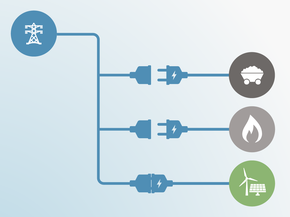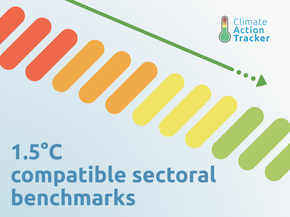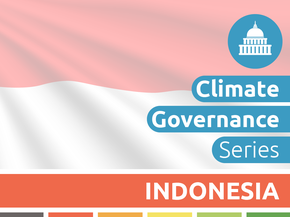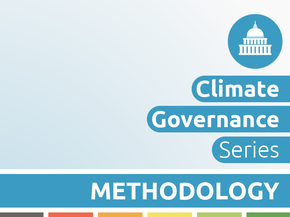Pledges And Targets
Paris Agreement
Indonesia’s NDC includes a unilateral reduction target of 29% below BAU emissions of GHGs, including LULUCF, by 2030, plus a conditional target of up to 41% reductions below BAU with sufficient international support. Indonesia ratified the Paris Agreement in late October 2016, reiterating the pledge of 29% reduction below BAU of its INDC.
There is a lack of clarity around the conditional target: while the text in the NDC reads up to 41% below BAU, a more detailed table includes reductions of 38%. Indonesia’s Third National Communication also mentions 38%.
Indonesia’s NDC specifies a BAU scenario and the contribution of different sectors to achieving the reductions below BAU. The Third National Communication published in early 2018 includes the same BAU estimates and provides slightly updated numbers for the contributions of sectors. Accounting for this, the absolute emissions levels resulting from the unconditional NDC reach 1,816 MtCO2e in 2030 excl. LULUCF, the conditional NDC leads to 1,686 MtCO2e excl. LULUCF. This means relative reductions of 16% and 22% below BAU excl. LULUCF respectively and 95% to 110% above 2014 emissions levels excl. LULUCF. While the Indonesian NDC would lead to reductions in the LULUCF sector emissions compared to today’s levels, other emissions are still allowed to roughly double compared to today’s levels by 2030.
The Indonesian NDC reiterates the target shares of coal, oil, gas and “new and renewable energy” in TPES until 2050 given by the National Energy Policy—“Government Regulation No. 79/2014 on National Energy Policy, set out the ambition to transform, by 2025 and 2050, the primary energy supply mix with shares as follows (...)“. It is unclear whether these NEP targets are part of Indonesia’s NDC commitment. The historical trend and current shares of energy carriers in TPES are shown in the table below (MEMR Indonesia, 2017) along with the target shares in 2025 and 2050 as per the National Energy Policy.
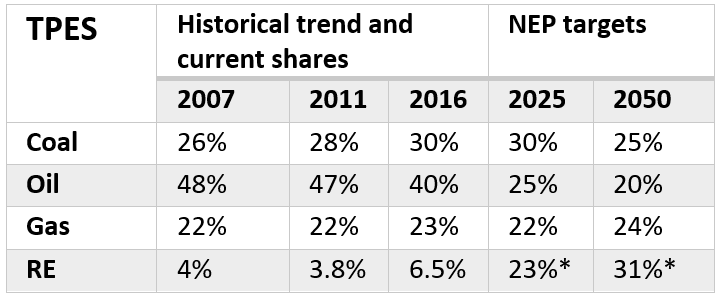
*The NEP targets are for both ‚Renewable Energy‘ and ‘New Energy‘ (i.e. energy produced from new technology from renewable and non-renewable energy sources, e.g. including nuclear). RE is excl. traditional biomass and incl. biofuels.
The NEP targets may be more ambitious than the NDC suggests: The basic composition of TPES in our scenario is based on the projections by (APERC, 2016). While policies are in place to increase the share of renewables (e.g. a biofuel blending mandate, and a feed-in tariff), the projections by (APERC, 2016) do not foresee these targets to be reached as of yet. However, we have quantified the potential effect of their achievement in addition to the BAU-based NDC commitment. This results in emissions of 1,435–1,654 MtCO2e/year in 2030, substantially below the NDC target of “29% below BAU”, and even stronger than the conditional target of “41% below BAU”.
Rating the NEP targets would move Indonesia’s NDC to the “Insufficient” rating.
2020 pledge
In September 2009, the Indonesian government proposed to cut emissions (incl. LULUCF) by 26% by 2020 from BAU levels and submitted it to the Copenhagen Accord on 30 January 2010. In April 2011, Indonesia clarified that, in addition to its unilateral 26% target, it proposed a 41% reduction below BAU target conditional on international support for Nationally Appropriate Mitigation Actions (NAMAs). The pledge is embedded in the Presidential Regulation No. 61/2011.
Using the BAU and sector contributions as specified in the Third National Communication, the unconditional commitment leads to 1,150 MtCO2e in 2020 excl. LULUCF (5% below BAU), and the conditional commitment to 1,112 MtCO2e in 2020 excl. LULUF (8% below BAU). According to the Third National Communication, about 90% of the reductions for the 2020 would come from reducing emissions from LULUCF.
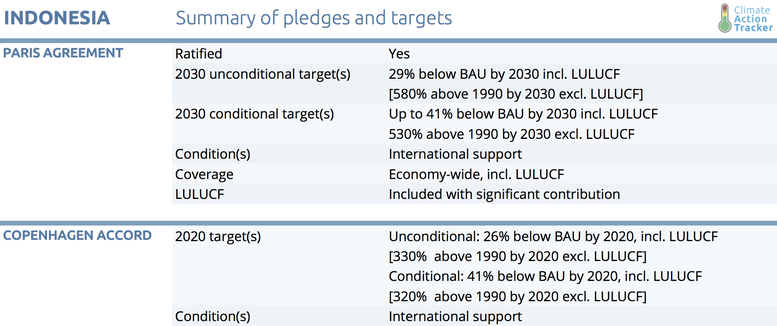
Further analysis
Country-related publications
Stay informed
Subscribe to our newsletter
